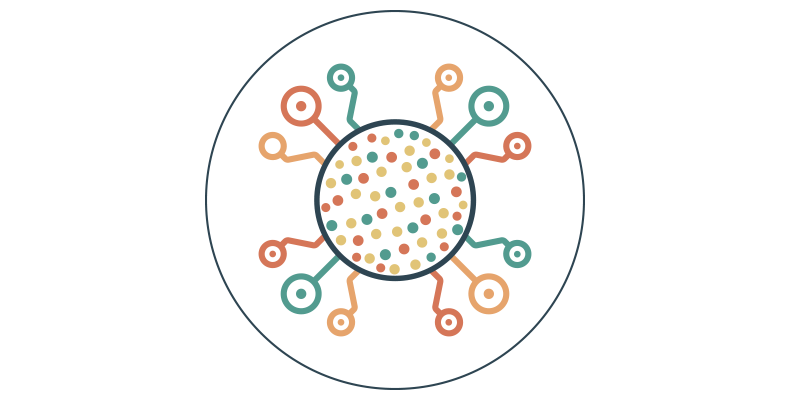In the insurance business, we are continuously faced with “chicken or egg” questions. Here is a question that you may have pondered yourself:
What is the ideal path to improved technology – invest in a new policy administration system and then tackle data, or get our data in order first and then update our policy administration system?
While nothing is black and white, there is a clear answer for this question: Start with your data.
Launching a new core system typically requires a phased approach. Your new system will often need to be introduced iteratively, possibly by some combination of line-of-business or state. For example, you might start with auto, then home in a handful of states, then expand to more states, before you add commercial lines. Depending upon the vendor you are dealing with and the complexity of your configuration, each iteration can be a 6, 12 or even 18-month process, and you’ll need to keep your legacy system operational while you’re rolling out the new system. You may even need to run your legacy systems for a few years after your new system is launched, for access to historical data and to manage regulatory reporting. The license fees and support costs to keep old systems running can be daunting, and erode the ROI of your new system.
The situation is further complicated by mergers and acquisitions that happen before, during and after your re-platforming. You have to keep their legacy policy administration systems operational too.
As a result, despite their initial goals, carriers often end up maintaining multiple systems – for the sole purpose of having access to data. With the resulting mishmash of systems, it’s easy to see how everything becomes more complicated, from security, to combined reporting, to support, and more.
A data hub is your safety net.
If you take the time to create a data hub before investing in new systems, your data from all systems can be stored in one place – safe, secure, complete and accessible – regardless of the curve balls that inevitably get tossed at you during your system replacement efforts.
If you want to retire your legacy system, you can do so without worrying about access to your data. This gives you breathing room to get all your ducks in a row for the implementation of your new system.
With your data hub, you can get all the operational reporting and analytics you need to get a clearer picture of what’s happening at your company, real-time. In fact, it may even provide important insights to help with your system selection and technology decision-making processes.
Still not convinced?
Here are five reasons to focus on data before you adopt a new policy administration system.
1. You can extend the life of your current legacy system.
Do you really need to retire that legacy system immediately? Maybe, but if you’re not relying on legacy systems for data, you may be able to transition more gradually.
2. It will help with the rollout of your new system.
A big part of every core system rollout involves data migration. This is infinitely easier if your data is in order. In addition, your new core system vendor will ask countless questions pertaining to your system setup. Data will provide clarity to help the process go smoothly. Getting your data in order ahead of time can make a big difference in implementation times and costs.
3. You can evaluate vendors with confidence.
Just as having a solid handle on your data will help your vendor understand your needs, it will also help you understand what you need out of a vendor. You’ll know what can and cannot be achieved with your current system and available data, and that will help you see where you want to go.
This will result in better vendor evaluations and less risk with vendor selection. You can focus on the core competencies of the enterprise or point system vendor, not on their ability to provide reporting or analytics.
4. You will be able to retire your legacy system on a predictable schedule.
Cleansing and converting your data first can facilitate a more predictable, less expensive conversion. You can also avoid keeping your legacy system “on life support” long after the new system has been installed. Because you have all your information in the data hub, you can retire your old system faster and save money.
5. You can merge data from multiple platforms for unified reporting.
Analytics can get complicated when you’re dealing with multiple systems, including a new system as well as one, or perhaps multiple, legacy systems.
With a data hub that serves as a single source of truth, you can more easily navigate periods of overlap with legacy and modern platforms live at the same time. Even during the transition, you can have continuity of reporting and analytics. And you don’t need to wait until your legacy systems are retired to achieve this!
Want to learn more? Contact us to start the conversation.
